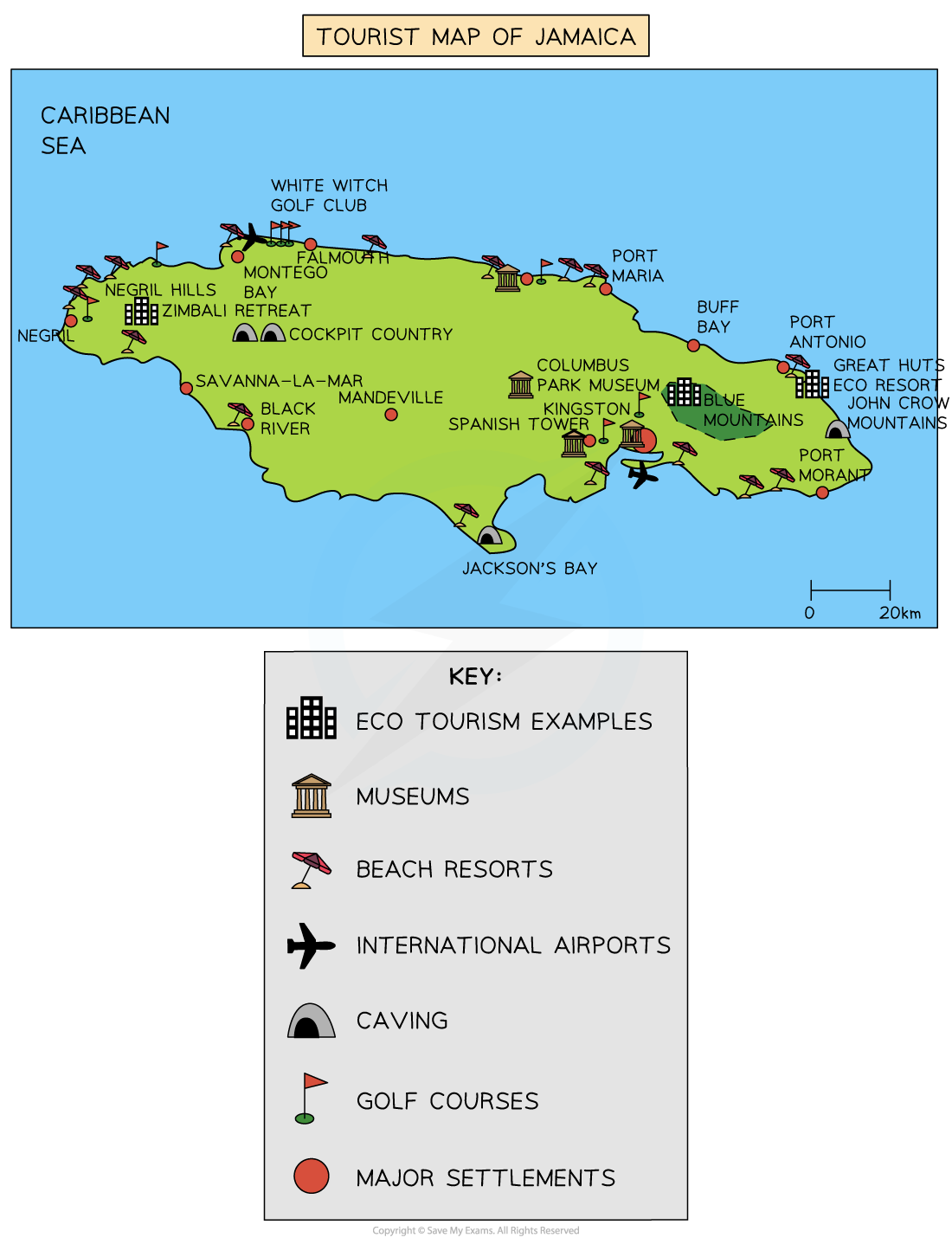Strategies to Reduce the Development Gap
- Strategies used to reduce the development gap include:
- Investment:
- Where countries and TNCs invest money in LICs which provide employment and income
- Example: Chinese companies investing in Africa (mainly energy, mining, construction and manufacturing)
- Industrial development:
- Brings employment, higher incomes and opportunities to invest in housing, education and infrastructure
- This has a multiplier effect
- Example: China’s move away from agriculture to manufacturing made it one of the fastest growing economies in the world
- Freetrade:
- This is top down approach where countries do not charge tariffs and quotas between themselves, this encourages trading free of taxes and charges and can be beneficial to LICs
- Tourism:
- Some countries have become tourist destinations
- Which leads to investment and increased income
- Infrastructure is improved and direct and indirect jobs created
- Tourism can become vulnerable during a recession
- Aid:
- Countries or non-governmental organisations (NGOs such as Oxfam) donate resources to a country to help or improve people’s lives
- Aid can take the form of money, emergency supplies, food or technology, specialist skills
- Helps reduce the development gap through investing in development projects
- Focus is usually on health care, education and services
- Example: Goat Aid helps families to buy goats which produce milk and meat
- Intermediate technology:
- This is where suitable/appropriate and sustainable projects, equipment and ideas are used
- These are fitted to the needs and wealth of a local community
- Example: Micro-hydro for the remote villages of Nepal which the community build and maintain
- Provides enough electricity to improve life for the villagers: enables children to study at night, families to watch TV and use mobile phones and the internet
- Fairtrade:
- International movement that helps producers in poor countries get a fair deal by setting standards for trade
- Farming is done in an environmentally friendly way
- Product has a better position in the global market
- Part of the end price is invested back into the local community and future development projects
- Example: Over 90% of small coffee farmers in eastern Uganda have joined the Gumutindo Coffee Cooperative which allows the coffee to be milled before roasting, which adds value to the coffee and increases the farmer's income
- Debt relief:
- Many LICs borrowed money to develop their economies during the 1970s and 1980s
- Some of these countries have fallen into serious debt and are unable to pay back these loans because of the high rates of interest
- In 2006, the International Monetary Fund (IMF) agreed to cancel the debts of 19 of the world’s poorest countries
- This money saved in debt can now be used for development projects such as industry, resources and infrastructure
- But corrupt governments may keep money
- Example: Ugandan government has spent money to provide safe water to over 2 million people
- Microfinance loans:
- Small-scale financial support for small start-up businesses and usually aimed at women to help them to become more self-sufficient
- Example: Grameen Bank, Bangladesh was set up in 1976 to help local women to use their skills to develop small businesses. Initially the bank lent women money to buy mobile phones, which the women then charged villagers to use the phone, giving them a small profit, but also enough to repay the loan
- Investment:


